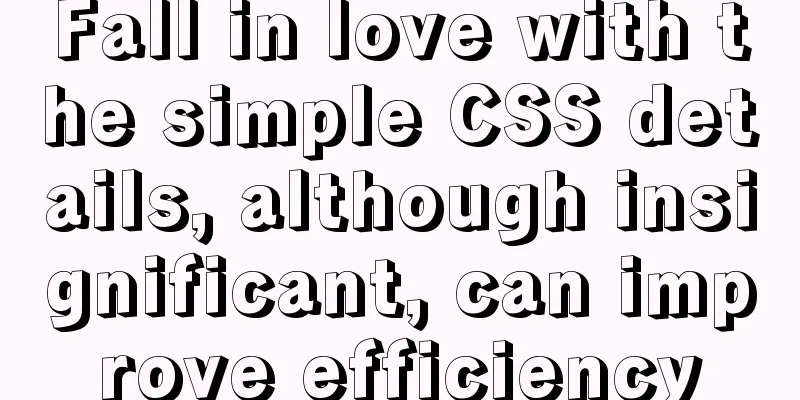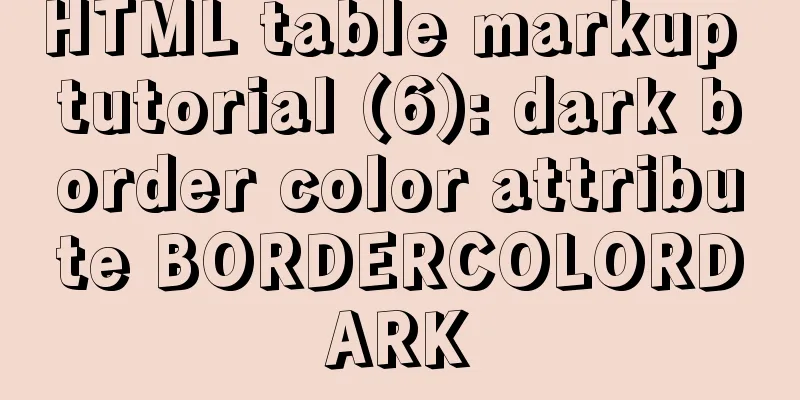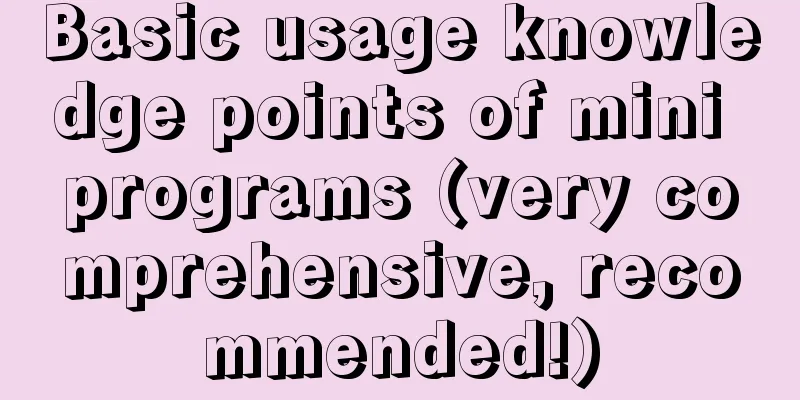Write a shopping mall card coupon using CSS in three steps

|
Today is 618, and all major shopping malls are holding promotional activities. Today we will use CSS to make a shopping mall card coupon, as follows:
Are you still worried about the various formats of shopping mall vouchers like the ones above? I am not familiar with CSS and canvas is too difficult. What should I do? How many steps are needed to write a shopping mall voucher using CSS? There are three steps in total:
After handing it over to the test, let's analyze the CSS card. Let's prepare the basics radial-gradient: background: radial-gradient(shape size at position, start-color, ..., last-color);
In this way, we can easily write a centered circular background image
.center-circle {
width: 100px;
height: 100px;
background: radial-gradient(circle at 50px 50px, transparent 10px, #00adb5 0);
}linear-gradient background: linear-gradient(direction, color-stop1, color-stop2, ...);
We don't need to know the specific gradient process, just write a simple one, write one that uses the gradient properties without gradient background image:
.linear-gradient {
width: 100px;
height: 100px;
background: linear-gradient(to right, #00adb5, #00adb5);
}background You can set multiple images for Start putting together the basics Write the simplest
Just position the circle in the center circle example above on the left.
.left-circle{
width: 100px;
height: 100px;
position: relative;
background: radial-gradient(circle at 0 50px, transparent 10px, #00adb5 0) top left/100px 100% no-repeat;
}Further Learning
Do you remember
.hollow-circles {
width: 300px;
height: 100px;
position: relative;
background: #00adb5;
margin-bottom: 10px;
}
.hollow-circles::after {
content: '';
position: absolute;
height: 5px;
width:100%;
left: 0;
bottom: -5px;
background-image: linear-gradient(to right, #00adb5 5px, transparent 5px, transparent),
radial-gradient(10px circle at 10px 5px, transparent 5px, #00adb5 5px);
background-size: 15px 5px;
}A bit more complicated
It seems very simple, isn't it just drawing another circle of the previous one? However, we have to take into account that the colors on both sides are different, so we need to draw four background images, position each circle in the corners of the square, and then combine them together.
.two-circles {
width: 300px;
height: 100px;
background: radial-gradient(circle at right top, transparent 10px, #00adb5 0) top left / 60px 51% no-repeat,
radial-gradient(circle at right bottom, transparent 10px, #00adb5 0) bottom left /60px 51% no-repeat,
radial-gradient(circle at left top, transparent 10px, #eeeeee 0) top right /240px 51% no-repeat,
radial-gradient(circle at left bottom, transparent 10px, #eeeeee 0) bottom right /240px 51% no-repeat;
}The above is the full content of this article. I hope it will be helpful for everyone’s study. I also hope that everyone will support 123WORDPRESS.COM. |
<<: Analysis of the Nesting Rules of XHTML Tags
>>: vue+ts realizes the effect of element mouse drag
Recommend
Solve the problems encountered when installing MySQL 8.0 on Win10 system
The problems and solutions encountered when insta...
This article will show you what Vite does to the browser's request
Table of contents Working principle: What does th...
How to uninstall MySQL 8.0 version under Linux
1. Shut down MySQL [root@localhost /]# service my...
Detailed explanation of using JavaScript WeakMap
A WeakMap object is a collection of key/value pai...
Using keras to judge SQL injection attacks (example explanation)
This article uses the deep learning framework ker...
Detailed explanation of DOM DIFF algorithm in react application
Table of contents Preface What is VirtualDOM? Rea...
Solution to slow response of Tomcat server
1. Analytical thinking 1. Eliminate the machine&#...
Press Enter to automatically submit the form. Unexpected discovery
Copy code The code is as follows: <!DOCTYPE ht...
How to Clear Disk Space on CentOS 6 or CentOS 7
Following are the quick commands to clear disk sp...
Some suggestions for HTML beginners and novices, experts can ignore them
Feelings: I am a backend developer. Sometimes when...
WeChat applet calculator example
This article shares the specific code of the WeCh...
CSS3 realizes the childhood paper airplane
Today we are going to make origami airplanes (the...
How does JS understand data URLs?
Table of contents Overview Getting started with d...
Tips for organizing strings in Linux
In Linux operations, we often replace and count s...
The implementation process of Linux process network traffic statistics
Preface Linux has corresponding open source tools...














